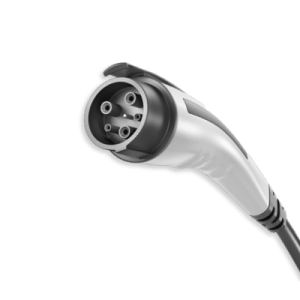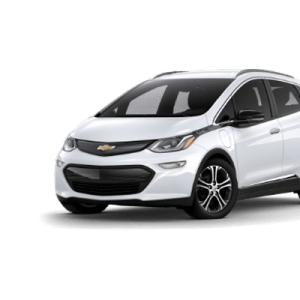Think on your feet
Explore the impacts of different modes of transportation in an interactive way.

Overview
Think on your feet and explore the pros and cons of getting around with different modes of transportation.
Instructions
What you'll need
- “Think on your feet” instructions presentation
- Tennis ball or similar small object (one for each pair of students)
- Open space for students to move
- Do the “Inside an EV” activity and/or discuss gas-powered versus electric vehicles.
- Pull up the “Think on your feet” instruction presentation.
- At slide 2, explain to students that while working in pairs they will explore different transportation options, debate the pros and cons of each, and discuss how those choices impact the world around us.
- Introduce the rules of the game to the students in slide 3. Students work in pairs; each pair has a tennis ball and each student represents a pro or con. While running on the spot, the person with the ball has to think of a pro or con to a topic. Then they pass the ball to the other person to think of the opposite.
- At slide 4, the first topic is introduced. Students play the game. Once out of pros and cons stop the game and ask the students to share some of their pros and cons. Slide 5 lists some ideas.
- There are 5 topics: walking, biking, public transportation, gas-powered cars and electric cars.
- At slide 15, discuss the questions with the students.
- If we replace all gas-powered cars with electric cars, do we create a sustainable community? Is there an environmental impact to building the charging stations and the cars?
- Where does the extra electricity come from if we increase demand?
- What is the environmental impact of building highways, parking lots, charging stations and the cars?
Modify or extend this activity
Extension
- Have the students research sustainable transportation systems in cities around the world.
- Pull up the “How far can you go?” activity to plan a road trip in an EV.
Curriculum Fit
Grade 6, 7, 8 Physical and Health Education
Big ideas
- Healthy choices influence our physical, emotional and mental well-being.
Content
- How to participate in different types of physical activities, including individual and dual activities, rhythmic activities, and games
Curricular competencies
Physical literacy
- Develop, refine, and apply fundamental movement skills in a variety of physical activities and environments
Healthy and active living
- Identify factors that influence healthy choices and their potential health effects (Grade 7, 8)
Grade 6, 7 Science
Big idea
- Earth and its climate have changed over geological time (Grade 7)
Content
- Newton’s three laws of motion describe the relationship between force and motion (Grade 6)
Curricular competencies
Questioning and predicting
- Identify questions to answer or problems to solve through scientific inquiry
Grade 6, 8 Social Studies
Big idea
- Complex global problems require international cooperation to make difficult choices for the future (Grade 6)
- Changing ideas about the world created tension between people wanting to adopt new ideas and those wanting to preserve established traditions (Grade 8)
Curricular competencies
- Ask questions, corroborate inferences, and draw conclusions
Assessments
- Assess students’ ability to share ideas quickly, while thinking on their feet.
- Assess students’ participation during physical activity.
- Assess students’ understanding of the pros and cons of various transportation.
Teaching Notes
Transportation in B.C.
In Canada, we have unique challenges for transportation as distances are great and communities are often far apart. Subsequently there is a dependency on cars, which up to now have been primarily gas-powered vehicles. However, with carbon targets, and concerns regarding air quality and rising gas prices, electric vehicles are gaining traction.
Electric vehicles have a number of benefits, which include lower operating ‘fuel’ costs, less maintenance and better air quality. However, there are some barriers to owning an EV including access to charging stations and higher upfront costs. The government is now offering rebates for EVs that help alleviate some of these barriers
BC Hydro’s renewable electricity
BC Hydro uses the power of falling water to create clean, reliable and renewable electricity. With respect to lower emissions and air quality EVs make sense but particularly in B.C., since the majority of our electricity is renewable. See here for an analysis of the costs of electric vehicles.
BC Hydro is supporting electric vehicle adoption in B.C. by working with local, provincial and federal governments on initiatives to expand its fast charging station network. There are currently more than 1,000 charging stations (including over 70 fast charging stations as of February 2020), with additional stations being added yearly.







